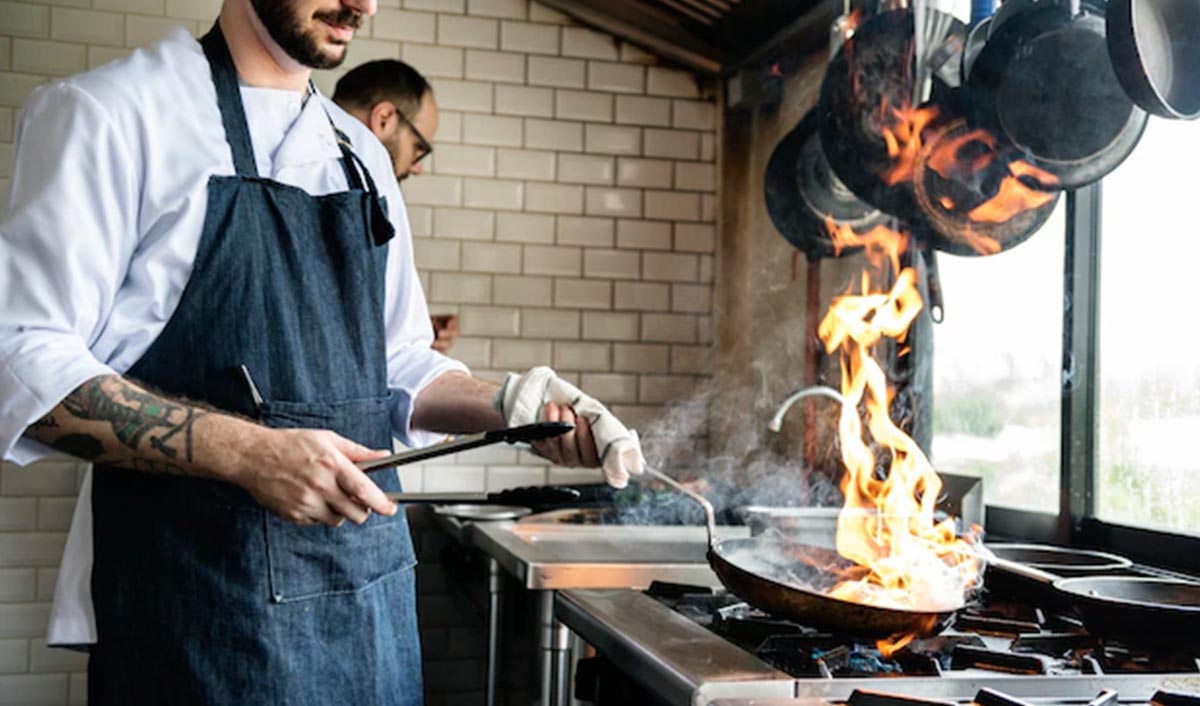Good customer service is important in the restaurant industry because it can determine the overall success of a business as happy customers generate…
In the world of food and entertainment, each trend becomes a chapter, and every experience is a brushstroke in the canvas of indulgence and delight.
Vishnu Manohar is an executive chef in Manohar Groups, Manohar Group are undeniable leader in professional catering services in Nagpur &…
In 2024, a shift is expected, with natural sugar alternatives like jaggery and honey taking the spotlight. These nutrient-rich alternatives enhance…
If your brand is not growing, broken, don't fix it.
The trend toward on-the-go eating is not just about convenience; it's also about making healthier choices. Consumers are becoming more health-…
In an exclusive interaction with Restaurant India, Abhishek Sarwate & Shweta Tare Sarwate of Utopian Smoothies talks about starting a smoothie…
Also, the burgeoning chains of Quick Service Restaurant (QSR) have come a long way in India with a growth rate of 17%. The QSR industry in India is…
According to the officials, over 300 establishments ranging from hotels, restaurants, eateries to online delivery services of food, medicines,…
In a tete-a-tete with Japtej Singh Ahluwalia, Nikesh Lamba and Vikram Mohan, Co-Founders at Pricol Gourmet.
In an exclusive interaction with Restaurant India, Neehar Bisabathini, Founder at Churrolto talks about building his dream business.
When we set goals, we see successes and wins. Those successes should be celebrated and promoted to help build your team morale and form even stronger…
Known for its rich cultural and food heritage, Hyderabad has always been considered as a foodie city and has witnessed local as well as international…
The importance of technology has been widespread and is highly accepted by Hospitality industries and their owners in today's time.

Bagga also pointed that why only the restaurant industry is being singled out even airlines, cinemas, automobile dealerships and many other service…

According to industry insider, due to the shortage of high quality premium tea supply in India, branded tea marketing companies are forced to buy…

The global jams and preserves market is expected to reach 8.46 billion dollars in 2021 and its rate is growing significantly, by 2026 it may reach 9.…

Even though the white spirits consumption (including for gin) in India is less than 5% of the total alcohol market, India is still the 5th largest…

In an interaction with Restaurant India Chef Palash Ghosh talks about new innovation, food techniques and trends in the future.

While beautifully varied, Bihari food is also one of the most understated. The truth being said, there are a lot of home-grown recipes that have not…

For restaurant companies with multiple outlets and large formats, survival through pandemic looked different, with different demands and needs. But,…

The way they operate, in fact, keeps them on the safer side in both safety and financial aspects, thereby making them more viable than other…

In an interview with Restaurant India, Lavanya Anand & Anant Jangwal, founders of PEER Tonic Water talk about starting a tonic water brand.

One great way to keep the employees engaged and yet productive is by diversifying the current business. It can be changing the business model,…
Copyright © 2009 - 2025 Restaurant India.


















